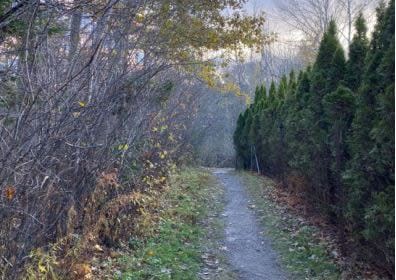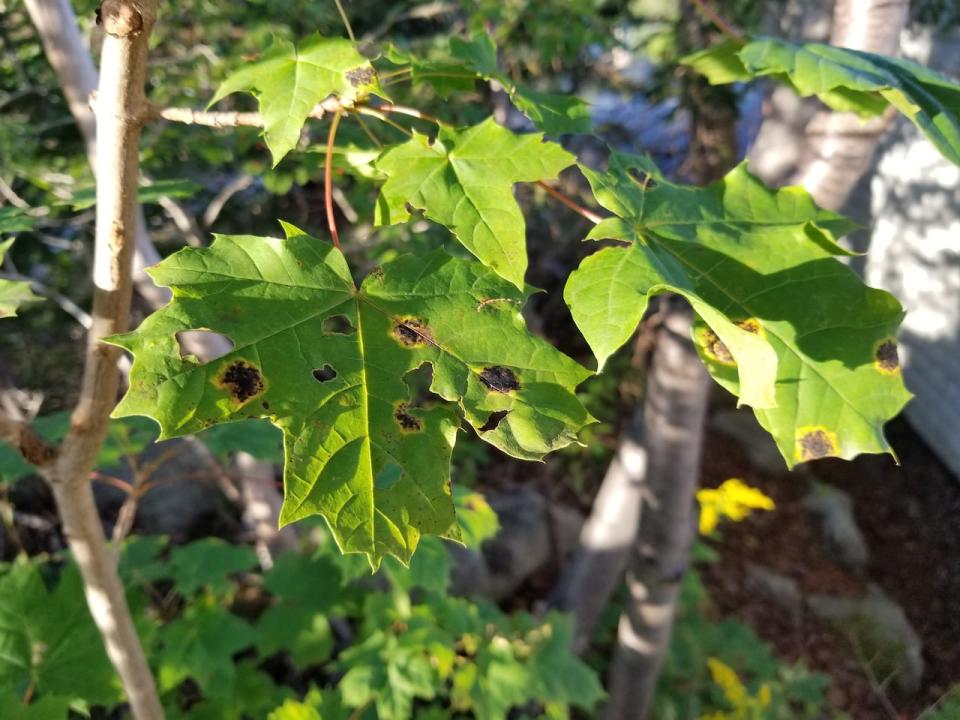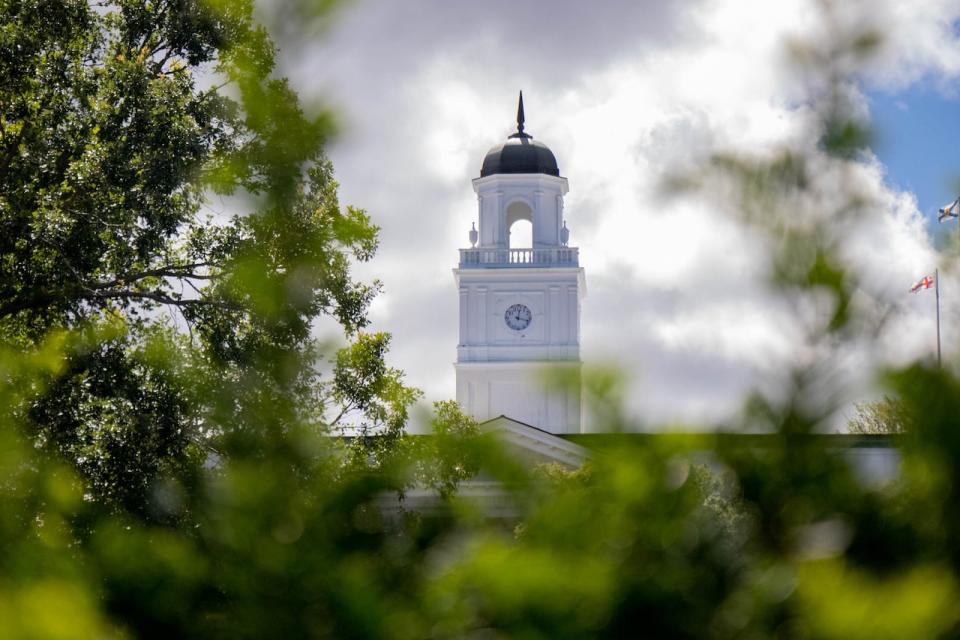Wolfville conducts tree inventory to help town deal with effects of climate change

The Town of Wolfville is conducting a tree inventory in an effort to better manage its tree population and mitigate climate change.
The first stage of the inventory found Wolfville has roughly 1,473 trees along streets and in town-owned parks, as well as 3,200 potential plantable spots.
"We also went along every street in Wolfville and made a rough count of the number of places you could have a tree where there isn't a tree now," said Peter Duinker, co-principal of Sylveritas consulting firm which is conducting the inventory.
Duinker's firm has previously conducted tree inventories for Halifax, Bridgewater and Pugwash, N.S.
More and more towns are thinking about ways they can create carbon sinks by planting trees and also help offset hotter weather, he said.
"They know that trees play a big role not only with respect to capturing carbon from the atmosphere and storing it in the wood, but also making towns and cities more hospitable to live in because of all the services of cooling and shade," Dunkirk said.
Planting more native trees
The study showed Wolfville has an abundance of trees in good condition, but there are reasons to be concerned, said Mayor Wendy Donovan.
There are 104 tree species in the town and a lot of them aren't native to the area, it found.
The most dominant tree species in Wolfville is the Norway maple, which has been declared an invasive species by the Nova Scotia Invasive Species Council. There's also been a dramatic die-off of American elms due to the Dutch elm disease.

A file photo Norway maple leaves infected by a fungus that causes tar spots. Norway maples are now considered an invasive species in Nova Scotia. (Richard Cuthbertson/CBC)
The tree inventory could lead to municipal policies that restrict what type of new trees are planted and where they are planted, Donovan said.
She said other policies could include mandatory-tree planting quotas for developers and incentives for residents to plant trees on their own properties.
The mayor said she would like the town council to start creating a plan in the new year that would look at planting more trees in the areas recommended by the inventory, but it won't be easy.
"One of the things the study said, and this will be somewhat difficult, is that the downtown area is probably the area that you might say needs street trees the most but it's the hardest area because of all the hard surfaces," Donovan said.
She said there may be an opportunity to build a new park in the downtown area so it's easier to plant more trees or work with partners such as Acadia University, which has more green space available.

Acadia University could be a location for new trees, according to a report from the Town of Wolfville. (Robert Short/CBC)
Phase 2 of the inventory is expected to take place next year and could include creating tree policies and bylaws.
"Many towns don't have, and have never had a tree policy or a tree bylaw of any sort," said Duinker. "But municipalities are starting to see the trees that they own as an asset."
MORE TOP STORIES

 Yahoo News
Yahoo News 
